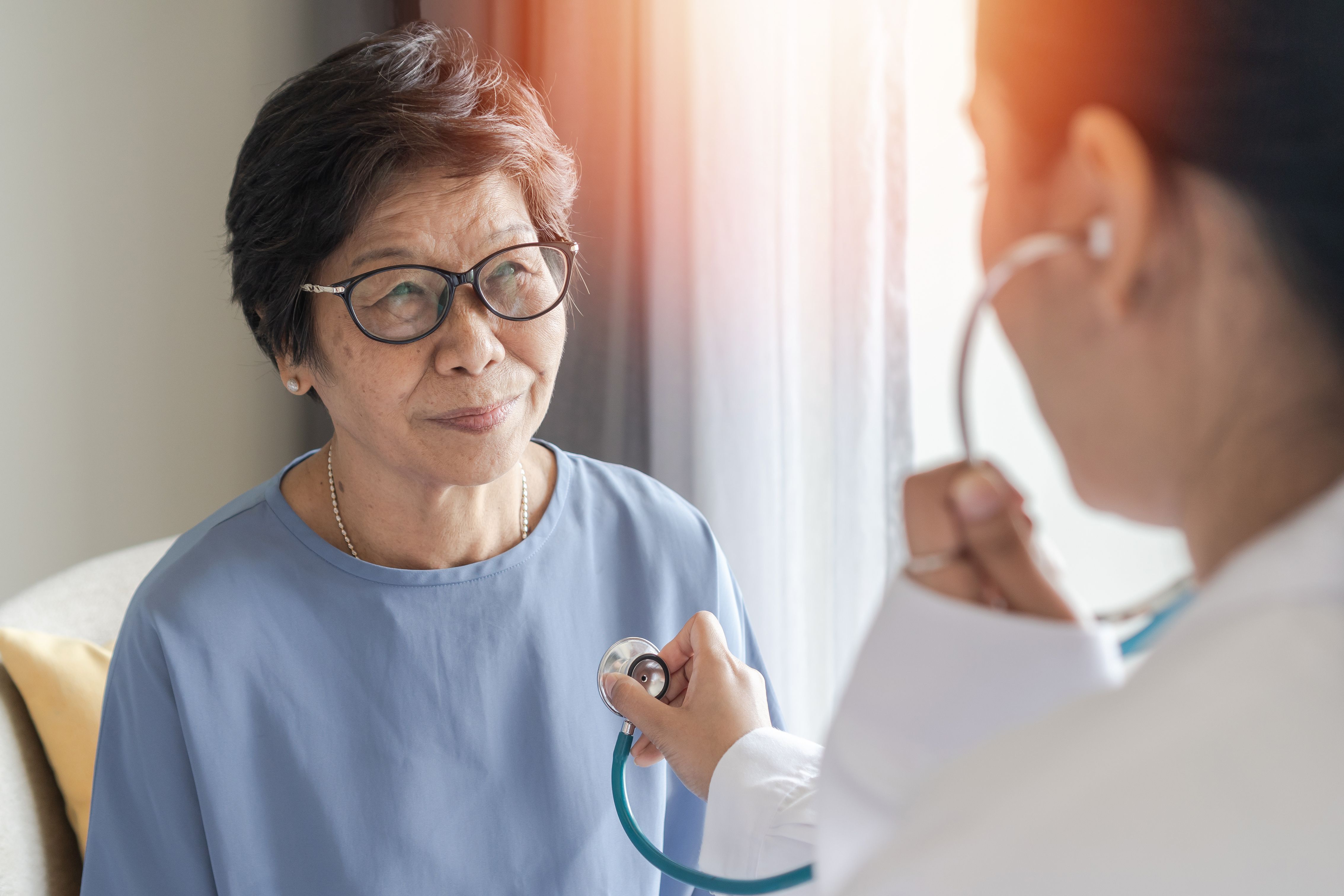Video
Dr Randall Oyer on Bridging the Gap Between Clinical Trial, Patient Needs in Community Oncology
We think that the ACCC is uniquely positioned to bridge the gap between the needs in clinical trials and the patients who are in the community. Most clinical oncology is delivered in the community. That's where the patients are, that's where the need is, said Randall Oyer, MD, medical director of the Oncology Program at Penn Medicine Lancaster General Health and president of ACCC.
We think that the ACCC is uniquely positioned to bridge the gap between the needs in clinical trials and the patients who are in the community. Most clinical oncology is delivered in the community. That's where the patients are, that's where the need is, said Randall Oyer, MD, medical director of the Oncology Program at Penn Medicine Lancaster General Health and president of ACCC.
Transcript
Based off your 2021 ACCC presidential theme, can you discuss how vital increased data on patient response trends can prove when implementing new resources to promote clinical trials?
On an annual basis, the ACCC polls its members to find what their areas of interest are, what they see as the trends in the community, and what programs they'd like to build. In the 2019 trends survey, 1 in 4, almost 23% of our members told us that they're building expertise or partnering for clinical trials. I think that that's important.
ACCC members took part in a second survey that looked at the challenges in opening a clinical trials program or providing clinical trials in the community. Among the top responses were having enough resources, having enough trained personnel, and having patients who matched trial entry criteria and who were interested or who had been given the opportunity to have clinical trials.
Beyond our own surveys, there's other striking information in the community that points to the need for clinical trials in the community. There was a study that looked at open pancreas cancer trials across the country, 1 of our greatest needs: pancreas cancer. Only 15% of the spots were filled. In other words, there were open opportunities that went unfilled and many of those trials may not have been able to answer the question that they were originally designed to answer.
Additionally, we know that most community oncology programs have fewer than 10% of their patients on clinical trials. So, we think that the ACCC is uniquely positioned to bridge the gap between the needs in clinical trials and the patients who are in the community. Most clinical oncology is delivered in the community. That's where the patients are, that's where the need is. So, we think that the ACCC will be able to bridge that gap.





